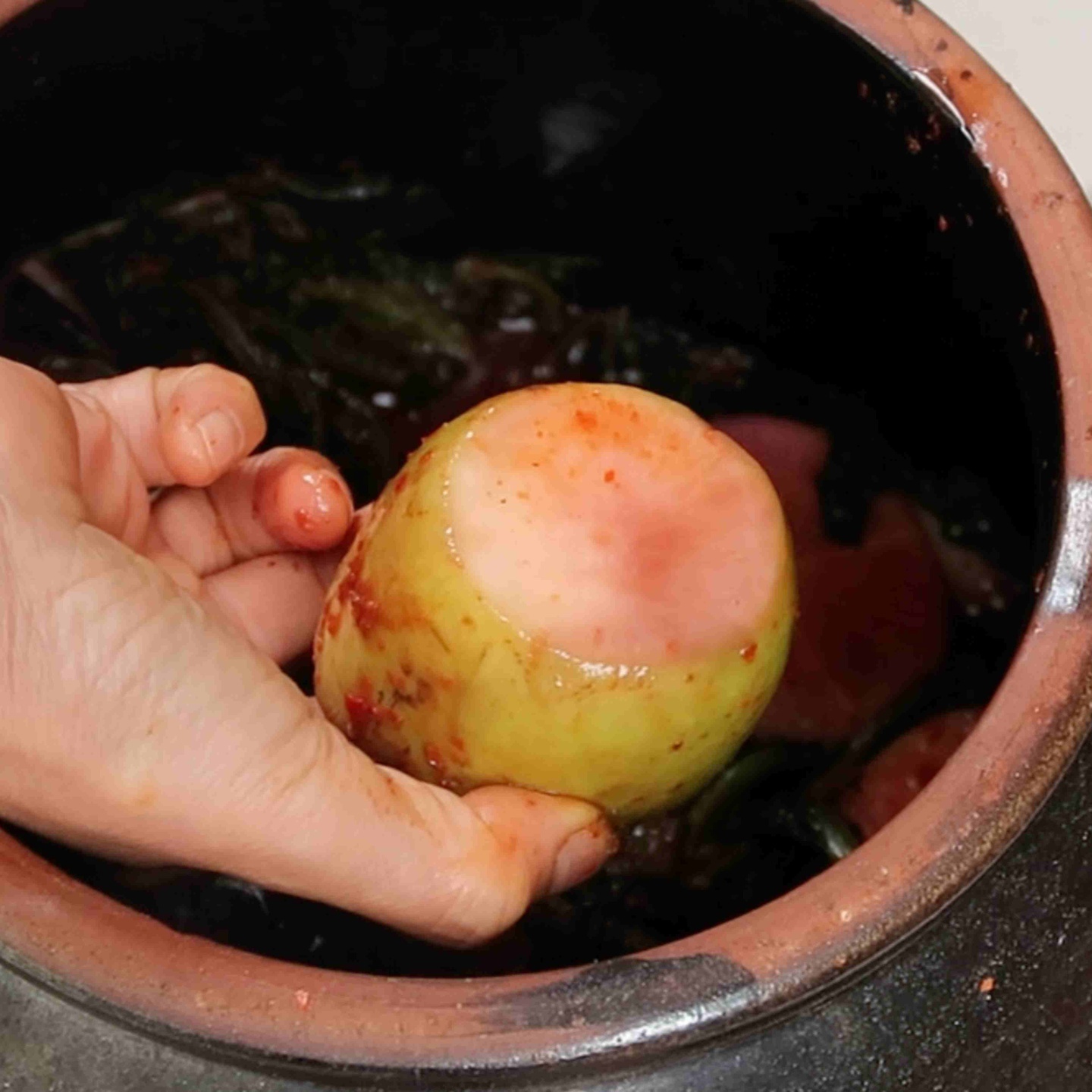Traditionally Korean soups were served in a Ttukbaegi (뚝배기), which is an earthenware pot with a thick bottom and walls. These earthen bowls are used because they retain heat well and therefore keep your soup boiling hot while you eat it. which ensures the best flavor.
Serving soup boiling/simmering is not only done because it looks appetizing. Eating Korean soups when they are simmering hot ensures the best flavor because as the soup cools it will taste less delicious. Another reason soup is served boiling is because in certain Korean soups, a raw egg would be added either at the table or by the chef and it would cook in the Ttukbaegi as it was served.
Other Soup Serving Vessels
If you do not have a traditional Korean pot, do not worry you can still make Korean soups. If you do use a different pot, make sure it is a thick-bottomed pot. The reason you want to use a thick pot that retains and conducts heat well is because it can help to prevent your soup from sticking or burning.
Using a thin bottomed pot can cause food to stick or burn so if you don’t have a thick-bottomed pot then just make sure you control the heat well (low heat) and keep an eye on your ingredients.

